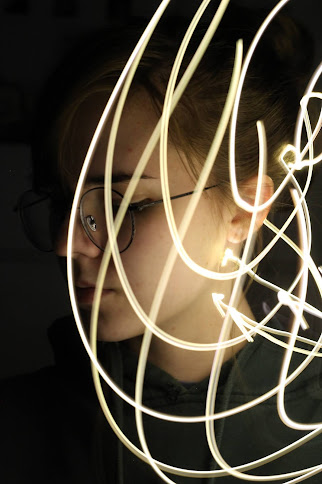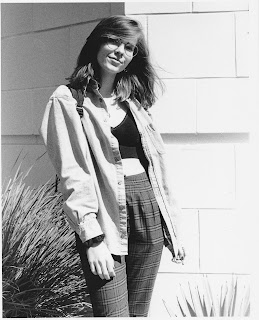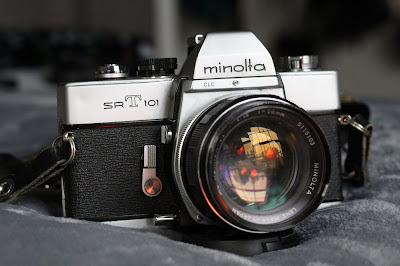The Art of the Long Exposure

Long exposure photography is almost always eye catching - but only if done correctly and effectively. We've all seen the long exposures of cars with the headlights creating shapes in the dark. This blog post will be a quick tutorial on how to accomplish such a photo, either cars or other subjects. The most important aspect of long exposure photographs is the shutter speed. In order to capture the blurry lights effect, the camera shutter must be open for most than a fourth of a second. You'll have to adjust all your other settings in order to have a balanced exposure. For example, if you use a shutter speed of half a second, your f-stop (how open the lens is) should be about f/5.6. Another option is to use a setting on the camera where it allows you to choose the shutter speed, and it will accommodate the other settings respectively. To capture the photograph, use a tripod. This is the second most important part of long exposure photography. You want to ensure that the only thin...





